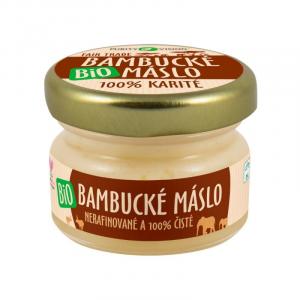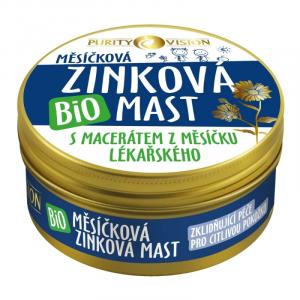Dalbergia shisham (Dalbergia sisoo)
Other names: asian rosewood, east india palm wood, indian dalbergia, dalbergia, indian rosewood, sheesham, shisham, sisso, sisu, tahli, tali, irugudujava, jag, bombay blackwood, east indian blackwood, indian rosewood
Harm score: 1 (Natural substances)
Dalbergia shisham, known by many names - Asian rosewood, East Indian rosewood, Indian dalbergia, dalbergia, Indian rosewood, sheesham, shisham, sisso, sisu, tahli, tali, irugudujava, jag, bombay blackwood, east indian blackwood, indian rosewood, is a species of tree native to South and Southeast Asia. It is one of the most endangered tree species as it is widely used in the timber industry. Dalbergia shisham is an evergreen tree that can reach a height of up to 25 metres. Its trunk can be up to two metres in diameter and is covered with a mixture of light grey and dark brown bark that is deeply cracked and chipped. The tree produces very high quality wood that is heavy, strong and durable.
Dalbergia shisham wood is valued for its beauty and durability. It is characterized by beautiful natural shades that range from golden to various shades of brown to deep black. Due to these characteristics, Dalbergia shisham wood is highly valued and widely used in the manufacture of furniture, especially those of the luxury ranges, but also musical instruments such as guitars, pianos, percussion instruments or xylophones. Due to its excellent acoustic properties, it is often used in the manufacture of various instruments. Dalbergia shisham is also a source of hardwood, which is an ideal material for flooring, doors, panelling, stairs and blinds. It is also commonly used in joinery and for the production of decorative items. Interestingly, the oil extracted from the bark of the Dalbergia shisham tree is used in India to cure skin diseases and as an aphrodisiac.
Dalbergia shisham (Dalbergia sisoo) can be found in the following products

Joint-Vie - Advanced preparation for bones and joints 60 tablets
Product detail
Organic Shea Butter 20 ml - cosmetics
Product detail
Organic Marigold Zinc Ointment 150 ml
Product detail
Organic Baby Body Butter 350 ml
Product detail
Bio Soothing Aloe Vera Gel 200 ml
Product detail